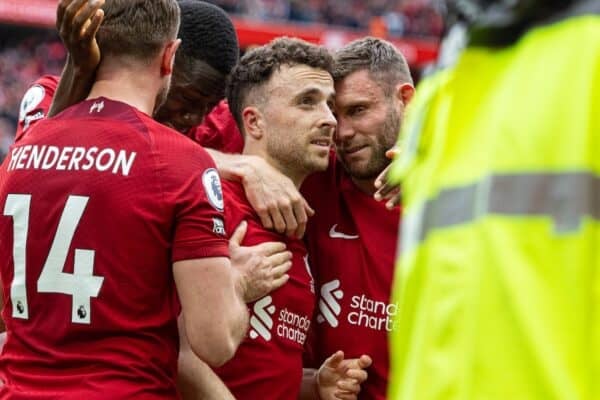Consider the sorry plight of Mark Wright in the late summer of 1994. A former England centre-half in his 32nd year and niggled by injuries, he had spent three seasons at Anfield during which he had not lived up to the expectations. Now his aspirations, and no doubt, his pride had been dented massively by the expensive arrivals of John Scales and Phil Babb, two of the leagues most accomplished and revered defenders. Already at Anfield were the fearsome Neil Ruddock and the talented youngster Dominic Matteo. As if that wasn”
t enough, the one time World Cup star had just clashed publicly with then Reds boss Roy Evans, who had criticised his attitude and axed him from the senior squad. Job prospects? Forget them.
Yet, from that seemingly bottomless pit of professional and personal anguish, Mark emerged with a fresh outlook to play the finest football of his life. Indeed, in both 1995/96 and 1996/97 he was the pick of Liverpool”
s impressive posse of stoppers, a majestically assured performer whose class, strength and new found maturity played an integral part in the clubs spirited quest for honours and won him a richly deserved international recall.
The sandy haired six footer was an international of seven years standing when Graeme Souness signed him for ”
2.2million from newly relegated Derby County in July 1991. Anfield appeared the perfect platform for such a stylish individual approaching his prime, and when he skippered the side to FA cup glory in his first campaign (we all know what he shouted when he raised the cup) it was easy to assume that undiluted success would follow.
But something was not right. Even allowing for an Achilles problem that would not quite clear up, Mark did not exude true authority. Yes, there was a certain arrogance about him but ”
and this annoyed many fans ”
his form simply did not justify it. He was splendid in the air but his slowness on the turn made him horribly venerable when faced with nippy opponents, who would draw him out of position, then leave him for dead. And, though smoothly comfortable on the ball, he strolled so languidly at times that possession would be squandered dangerously.
This situation simmered frustratingly through 1992/93 and 1993/94 before coming to a head when the dissatisfied Evans dispensed his home truths to such devastating effect. Now Mark was faced with a stark choice; leave Liverpool on such a low note that it might prove difficult to resurrect his career, or stay and fight against overwhelming odds in a bid to make the most of his undeniable quality, and to prove the doubters wrong.
After what must have been some painful self-examination, Mark opted courageously for the later course and he worked ferociously, only for injuries to make an already steep mountain all but unclimbable. There were few opportunities in 1994/95 but the ex-captain continued to buckle down and gradually the pendulum swung. With Scales sidelined at the start of the following term, Mark found himself in the team ”
and how he made the most of it.
Looking fit and alert, the old cockiness replaced by a more assured confidence, he was goliath alongside Babb and Ruddock in the Red”
s back three formation and earned repeated man-of-the-match accolades. As aerially dominant as ever, now he was using his experience to read the game more astutely than ever before; tackles we timed to perfection, sloppiness was eradicated, passes were sensible or probing by turn, but never foolhardy. Indeed, it might have been an optical illusion, but such was Mark”
s aura of control that he never seemed to run faster than the dark, ponderous days of previous campaigns.
As age and injuries were catching up with him during the 1997/98, if he paused to consider what he might have achieved on Merseyside given a different approach from the beginning, he might have shuddered. But at least he could be proud of his response when granted a late shot at revealing his true worth. For that majestic resurrection in the twilight of his playing days, Mark Wright deserved, and received eternal credit.
Games ”
205
Goals ”
8
England Caps – 84
Article Copyright (c) Roper 2003


















